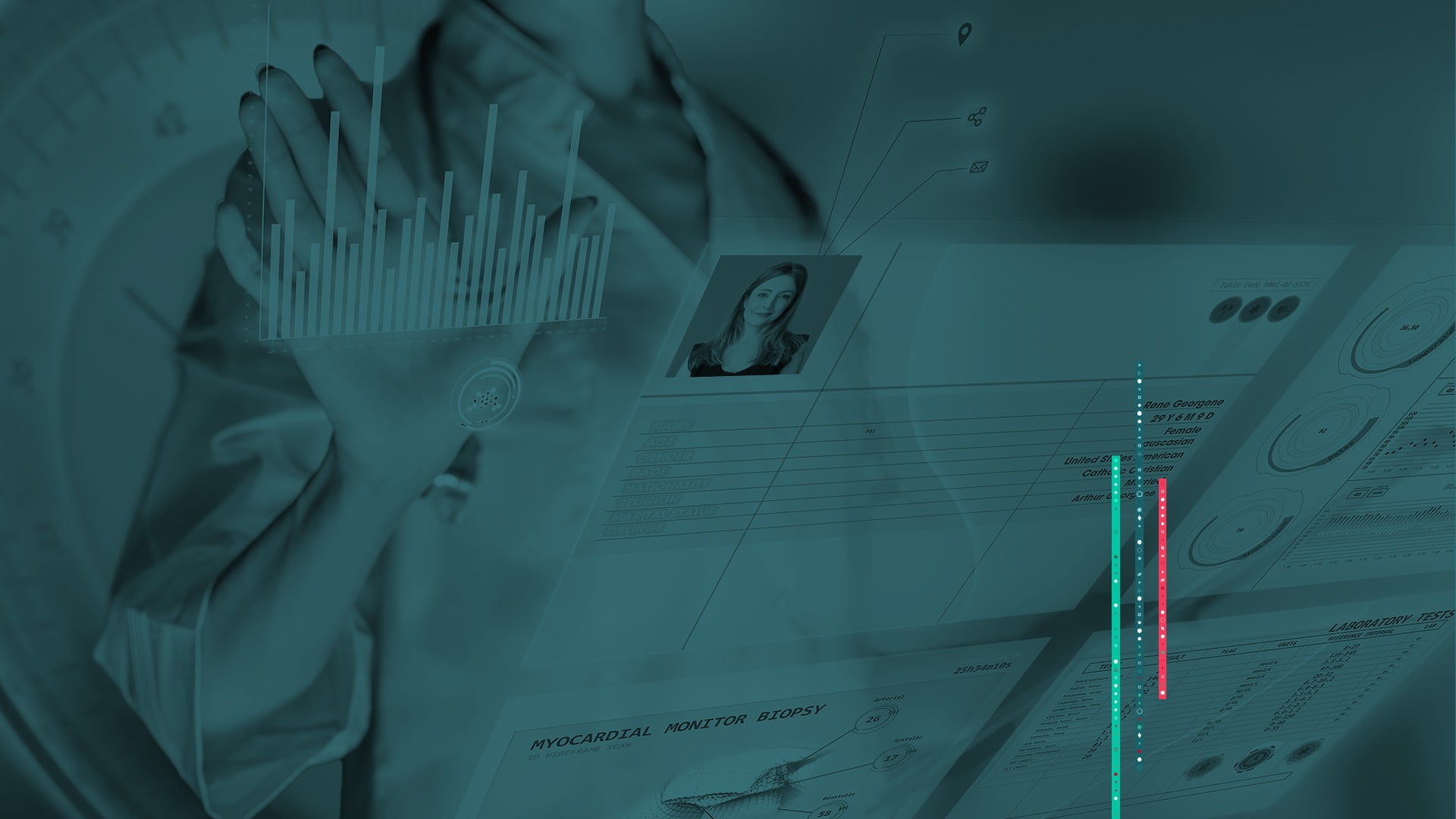 Become a Partner
Already a partner ? Login
Become a Partner
Already a partner ? Login
Program
Partner Program Overview
Designed to deliver unparalleled customer value and accelerated mutual growth by harnessing partner expertise and ColorTokens cybersecurity technology.
Learn MoreInfrastructure
Quick Links
Case Study
Industry Solutions
Quick Links
Program
Designed to deliver unparalleled customer value and accelerated mutual growth by harnessing partner expertise and ColorTokens cybersecurity technology.
Learn MoreFeatured Topic
Newsletter
Medical providers and healthcare organizations use Electronic Health Record (EHR) and Electronic Medical Record (EMR) software systems to enter, store, and manage digital medical information and patient records. Epic Systems is the leading EHR system vendor, with a 34% market share, while Cerner and MEDITECH are also popular options.

There are many benefits to EMR and EHR systems. They improve data quality and make it easy for healthcare providers to manage large amounts of patient information. But they also store and transmit sensitive patient data, which hackers often find lucrative.
This blog will highlight some of the latest information on Epic Systems (and broader EMR/EHR systems) security, and we’ll discuss strategies healthcare organizations can use to strengthen cyber resilience and safeguard medical records.
How and Why Cybercriminals Target EMR/EHR Systems
Per HIPAA guidelines, 18 categories of patient data fall under the umbrella of Protected Health Information (PHI). These include names, social security numbers, full-face photos, biometric identifiers, and account numbers — all information that hackers can sell for profit. EMR and EHR software systems like Epic manage massive PHI amounts, making them a valuable target for hackers.
Cybercriminals use various techniques to target EMR and EHR, which house this data. These strategies include:
Along with these tactics, cybercriminals use strategies like malicious URLs, drive-by downloads, and remote desktop protocol to gain unauthorized access to critical systems.
When attackers access EMR/EHR data, they often lodge ransomware attacks. Two-thirds of global healthcare organizations reported being hit by ransomware per a Ponemon Research Report.
The Costs of a Cyberattack Targeting EMR/EHR
Earlier this year, the U.S. Department of Health and Human Services reported that nearly 600 healthcare organizations suffered data breaches in 2021, impacting 41.45 million individuals.
The costs of these breaches targeting EMR/EHR were staggering: $9.3 million per incident — a 29.5% increase from 2020 to 2021. A primary contributor to the high costs of a data breach were penalties for HIPAA non-compliance. Per the HHS, compliance failures increased costs by 67.7%.
In addition to fines for HIPAA non-compliance, data breach consequences may include losing EHR access, lawsuits, and reputational damage. There can also be a direct impact on patient care. Nearly three-quarters of respondents to a recent Ponemon survey reported that a successful ransomware attack led to longer patient stays. Even worse, 36% of respondents in that same survey reported an increase in medical procedure complications following a ransomware attack.
To maintain patient safety and continue business operations, organizations need safeguards to ensure that their EHR system is protected regardless of whether the provider has evolved to full cloud adoption or still maintains a legacy system.
Defending Against EMR/EHR Cyber Threats
A comprehensive plan to secure EMR/EHR management software like Epic Systems includes the right mix of people, policies, training, and cybersecurity technology. While reviewing the compatibility of IT infrastructure with EHR system requirements, organizations should take steps to implement proactive security policies. The HHS advises developing a digital infrastructure audit and plan that:
Cybersecurity technologies that enable healthcare organizations to continuously monitor their ecosystem to predict, prevent, detect, and respond to cyber threats can play an essential role in these efforts. However, it’s critical that cybersecurity upgrades do not disrupt treatments or provider operations.
Using a Virtual Private Network (VPN) may appear to be an attractive solution to protect internet-facing applications, but VPNs alone do not prevent attackers from moving across organizations’ digital environments.
On the contrary, VPNs can increase the attack surface because attackers have a route directly to the data center hosting the VPN appliance after acquiring cloud access. Without a way to contain the breach, the hacker would have unrestricted access to the information within the data center.
Zero Trust by ColorTokens
Zero Trust Architecture (ZTA) enables organizations to implement identity-based access controls to verify users and devices, define security policies and establish a perimeter, continuously evaluate environmental risks, and actively respond to access demands.
ColorTokens provides complete and simple ZTA with no business disruptions, full legacy system support, and no changes to existing infrastructure to ensure that your organization stays protected. World-class medical providers such as Fernandez Hospital in India and a leading cancer research center in the U.S. trust the ColorTokens XtendedTM Zero Trust Platform to secure their Epic EHR systems with tools that fulfill risk and threat management requirements.
ColorTokens is the only cybersecurity company offering an integrated solution through our unique XtendedTM Zero Trust Platform, which includes:
Organizations with doubts and concerns surrounding healthcare data migration or existing EHR storage on Epic can trust ColorTokens to provide the most robust cybersecurity solutions to reduce the risks. For more information about how ColorTokens can secure your Epic system.please contact us at [email protected] or visit our website.
By submitting this form, you agree to ColorTokens
Terms of Service and
Privacy Policy